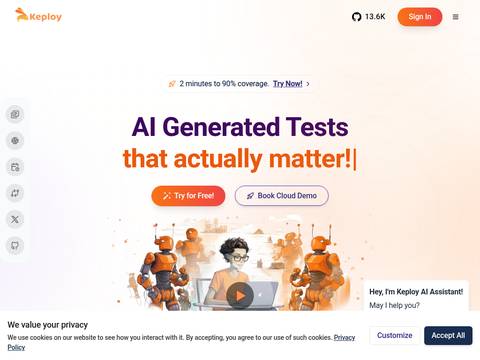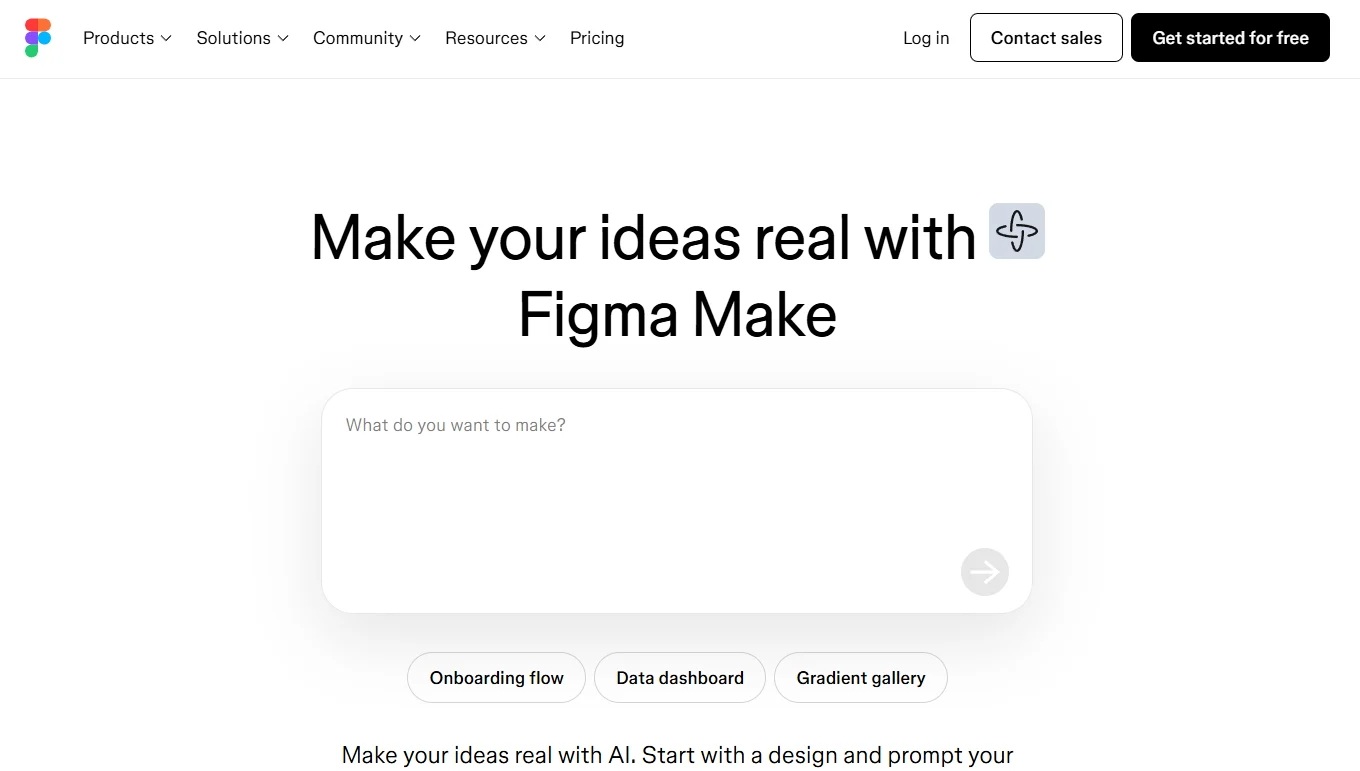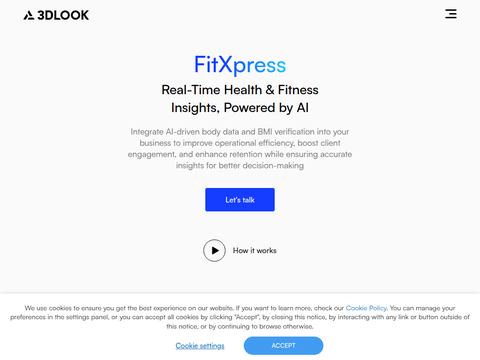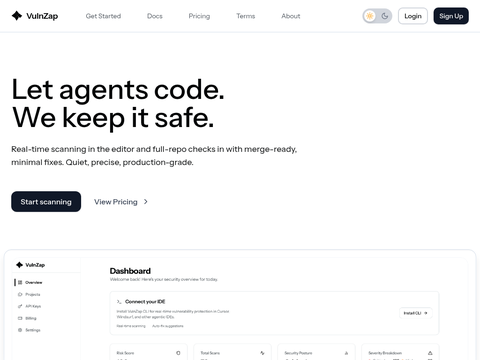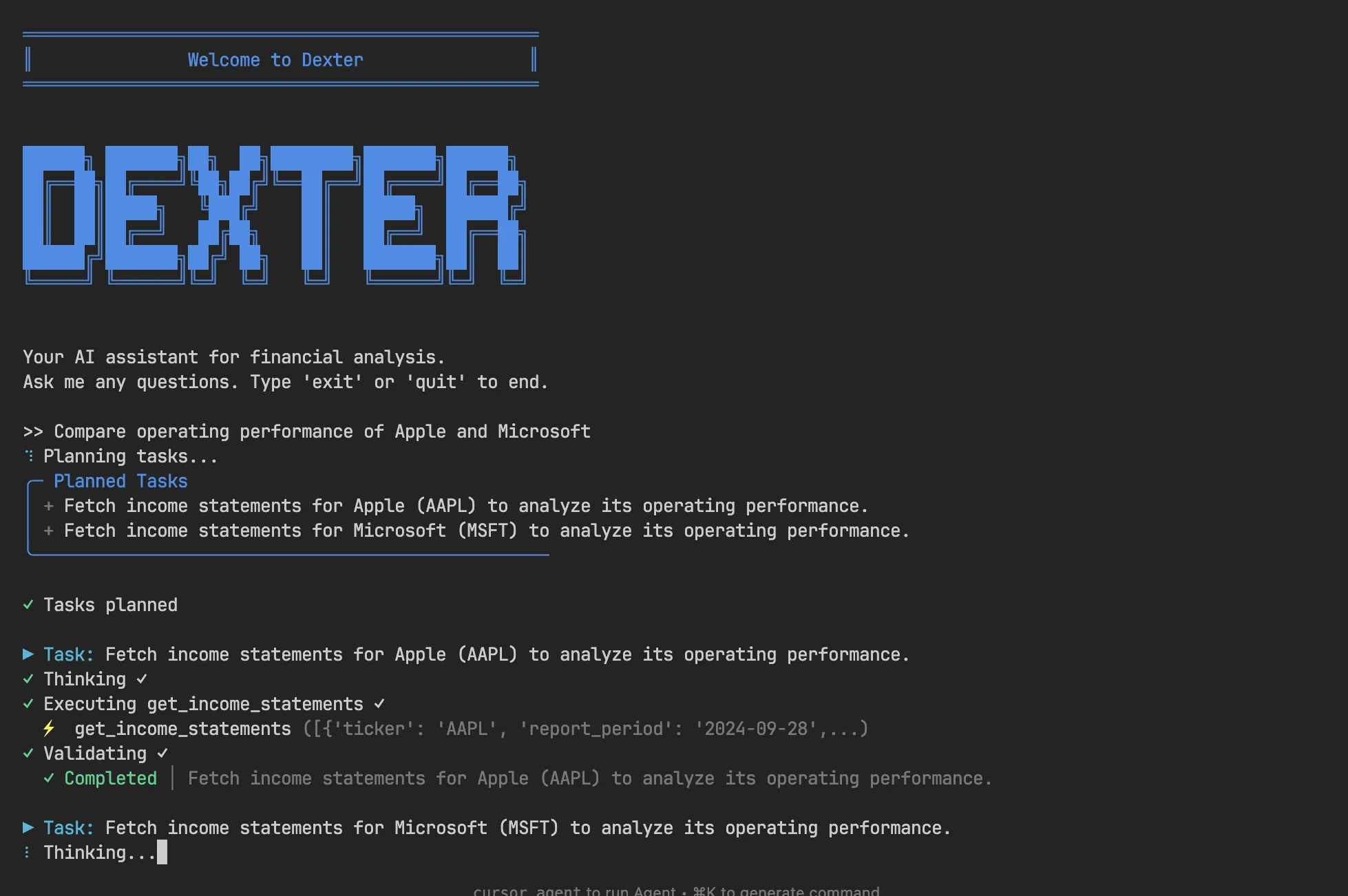On Monday, Chinese technology giant Alibaba unveiled Qwen 3, a new series of AI models. According to the company, these models perform on par with or even outperform top-tier models from Google and OpenAI in certain scenarios.
The majority of these models are now available or will soon be accessible for download under "open" licenses via AI development platforms like Hugging Face and GitHub. The models range in size from 600 million parameters to an impressive 235 billion parameters. Typically, the number of parameters correlates with a model's problem-solving capabilities, where more parameters often lead to better performance.
The emergence of homegrown Chinese model series like Qwen is adding pressure on U.S.-based labs such as OpenAI to advance their AI technologies further. This trend has also prompted policymakers to impose restrictions aimed at limiting Chinese AI firms' access to the chips necessary for training these models.
According to Alibaba, the Qwen 3 models are described as "hybrid" because they can either spend time "reasoning" through complex problems or quickly respond to simpler queries. Reasoning allows the models to self-check effectively, similar to OpenAI’s o3, but at the cost of higher latency.
"We have seamlessly integrated thinking and non-thinking modes, giving users flexible control over their reasoning budget," the Qwen team wrote in a blog post.
Alibaba stated that the Qwen 3 models support 119 languages and were trained on a dataset comprising nearly 36 trillion tokens. Tokens are the basic units of data processed by models; one million tokens roughly equal 750,000 words. The training data for Qwen 3 includes textbooks, "question-answer pairs," code snippets, and more.
Alibaba claims that these enhancements, along with others, significantly improve the performance of Qwen 3 compared to its predecessor, Qwen 2. On Codeforces, a programming competition platform, the largest Qwen 3 model—Qwen-3-235B-A22B—outperformed OpenAI’s o3-mini and Google’s Gemini 2.5 Pro. In the latest version of AIME, a challenging math benchmark, as well as BFCL, a test assessing a model’s ability to "reason" through problems, Qwen-3-235B-A22B also surpassed o3-mini.
However, Qwen-3-235B-A22B has not yet been publicly released—at least not at this moment.
The largest publicly available Qwen 3 model, Qwen3-32B, remains competitive with many proprietary and open AI models, including R1 from China’s DeepSeek AI lab. Qwen3-32B outperformed OpenAI’s o1 model in multiple tests, including LiveBench, an accuracy-focused benchmark.
Alibaba highlighted that Qwen 3 excels in tool-calling capabilities, following instructions, and replicating specific data formats. Besides downloadable versions of the model, Qwen 3 can also be accessed via cloud providers like Fireworks AI and Hyperbolic.
Tuhin Srivastava, co-founder and CEO of AI cloud hosting service Baseten, noted that Qwen 3 represents another step in the ongoing trend of open models keeping pace with closed systems like those from OpenAI.
“The U.S. is doubling down on restricting chip sales to China and procurement from China, but advanced and open models like Qwen 3 […] will undoubtedly still see domestic use,” he told TechCrunch in a statement. “This reflects the reality that businesses are both building their own tools and purchasing ready-made solutions from closed-source companies like Anthropic and OpenAI.”

